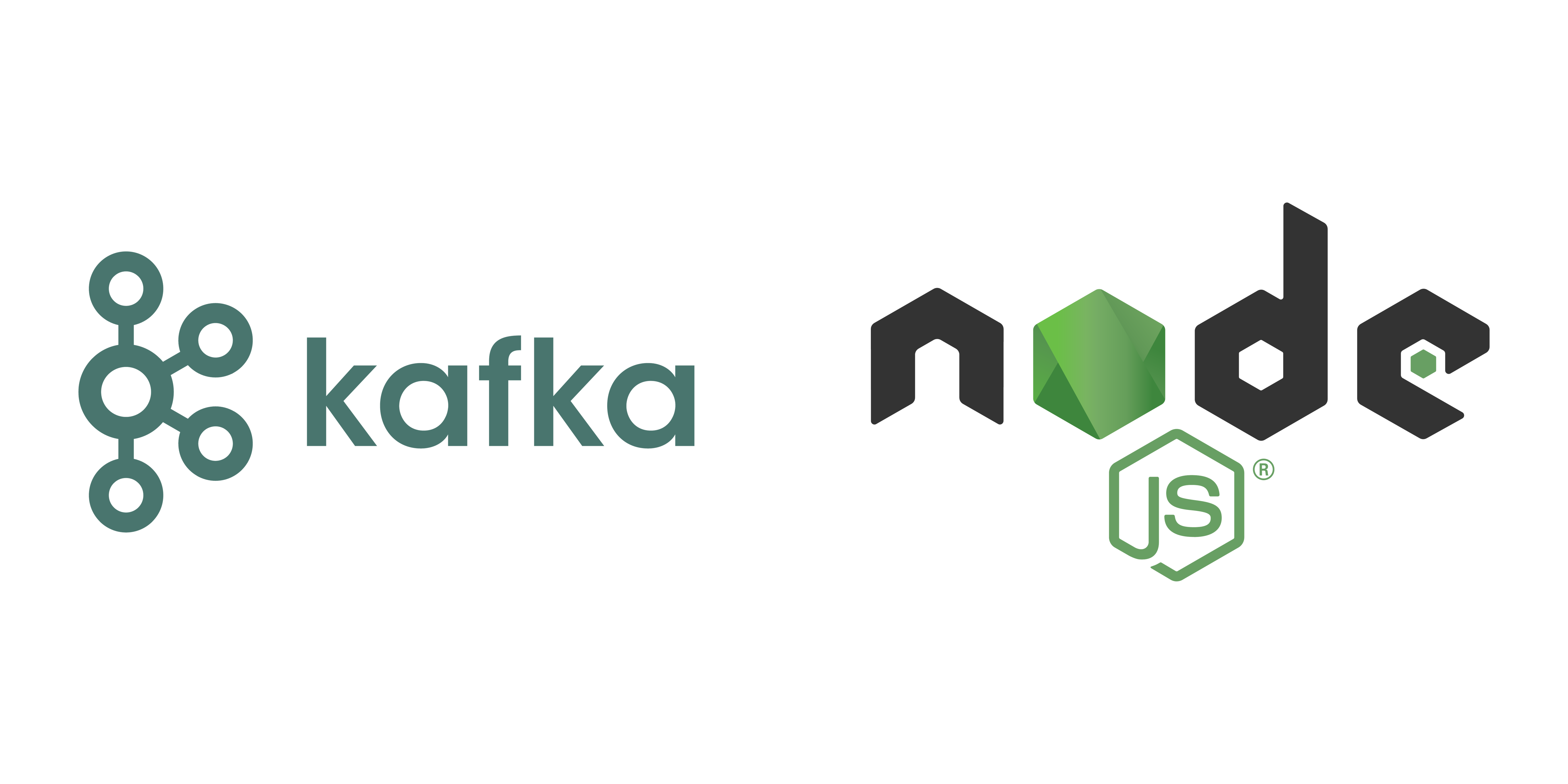Building Real-time Applications with Node.js and Kafka: A Step-by-Step Guide

Title: Building Real-time Applications with Node.js and Kafka: A Step-by-Step Guide
Introduction:
In today's fast-paced world, real-time communication and data processing are essential for building responsive and scalable applications. One powerful tool that facilitates this is Apache Kafka. In this blog post, we will guide you through the process of integrating Apache Kafka with Node.js, allowing you to build robust and efficient real-time applications.
Step 1: Setting Up Apache Kafka:
Before diving into the integration, you need to set up Apache Kafka. Head over to the official Apache Kafka Downloads page, download and install Kafka on your machine. Once installed, start the Kafka server by following the commands provided.
Step 2: Creating a Kafka Topic:
Topics are at the heart of Kafka's publish-subscribe model. Use the following command to create a topic that your Node.js application will utilize:
bin/kafka-topics.sh --create --bootstrap-server localhost:9092 --replication-factor 1 --partitions 1 --topic your-topic
Step 3: Installing Node.js Dependencies:
Initiate a new Node.js project and install the kafka-node package:
npm init -y
npm install kafka-node
Step 4: Producing Messages with Node.js:
Create a producer.js file to send messages to Kafka. This example sends a simple "Hello, Kafka!" message:
const kafka = require('kafka-node');
const Producer = kafka.Producer;
const client = new kafka.KafkaClient({ kafkaHost: 'localhost:9092' });
const producer = new Producer(client);
producer.on('ready', () => {
console.log('Producer is ready');
const payloads = [
{
topic: 'your-topic',
messages: 'Hello, Kafka!'
}
];
producer.send(payloads, (err, data) => {
if (err) {
console.error('Error sending message:', err);
} else {
console.log('Message sent:', data);
}
process.exit();
});
});
producer.on('error', (err) => {
console.error('Producer error:', err);
});
Step 5: Consuming Messages with Node.js:
Develop a consumer.js file to receive and process messages from Kafka:
const kafka = require('kafka-node');
const Consumer = kafka.Consumer;
const client = new kafka.KafkaClient({ kafkaHost: 'localhost:9092' });
const consumer = new Consumer(client, [{ topic: 'your-topic' }], { autoCommit: false });
consumer.on('message', (message) => {
console.log('Received message:', message.value);
});
consumer.on('error', (err) => {
console.error('Consumer error:', err);
});
process.on('SIGINT', () => {
consumer.close(true, () => {
console.log('Consumer closed');
process.exit();
});
});
Step 6: Running the Producer and Consumer:
Open two terminal windows and run the producer and consumer scripts. This step ensures that your setup is functioning correctly:
node producer.js
node consumer.js
Conclusion:
Congratulations! You've successfully integrated Apache Kafka with Node.js, opening the door to real-time communication and data processing in your applications. This foundational setup can be expanded to handle more complex scenarios, such as multiple topics, partitioning, and error handling. As you delve deeper, you'll discover the true power of Kafka in building scalable and responsive systems.
Now armed with the ability to seamlessly connect Node.js applications with Kafka, you're well-equipped to embark on the journey of building robust, real-time solutions. Harness the power of Kafka and Node.js to stay ahead in the ever-evolving landscape of modern application development!